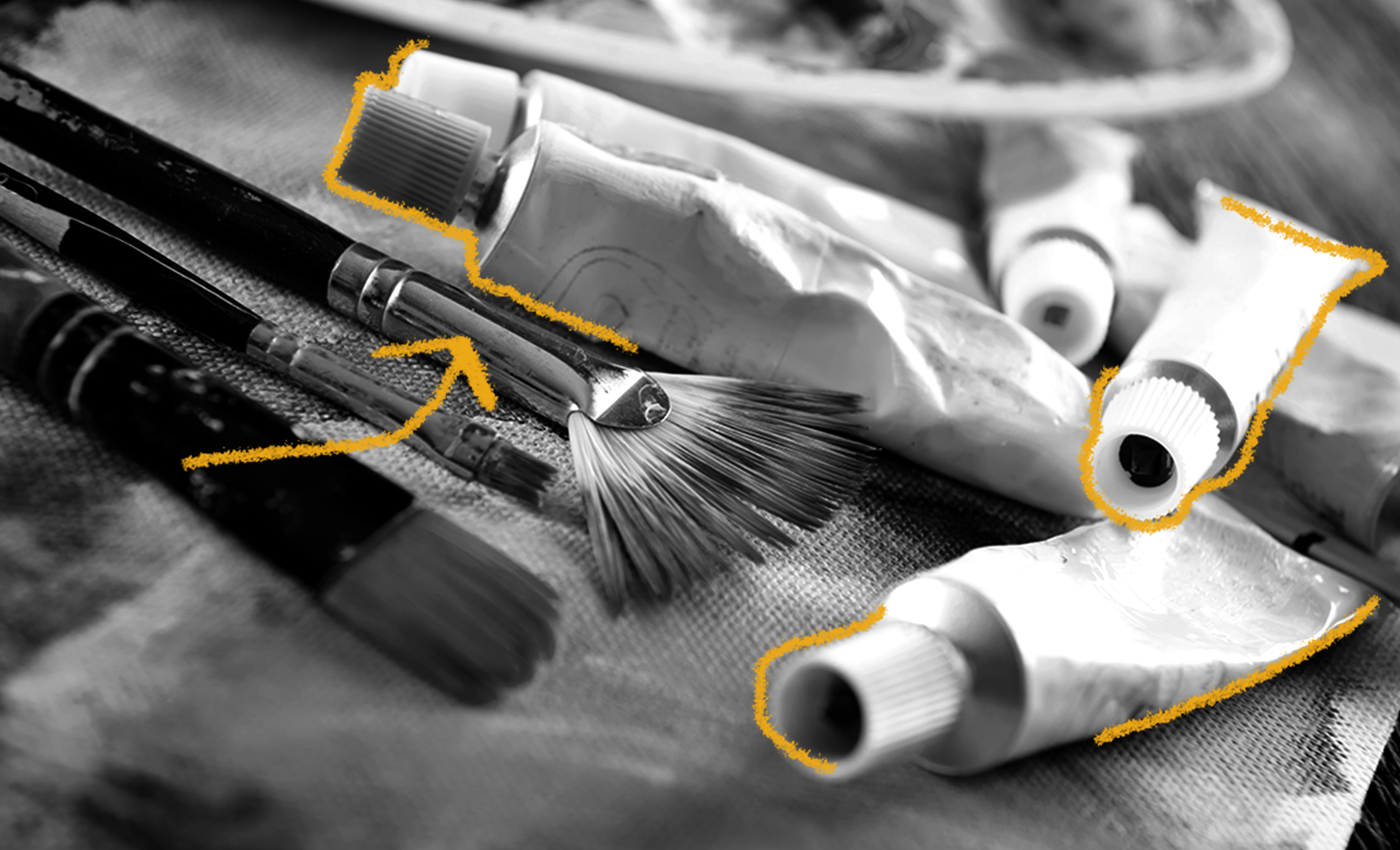Acrylic paint was developed in 1934 by a German chemical company called BASF (patented by Rohm and Haas). By the 1940s, acrylic paints had become popular for home painting, because they were easier to use, easier to clean, dried faster, and were much less toxic than other paints. In the late 1950s and 1960s, many professional artists began using acrylics, largely because they were inexpensive, held color well, were suitable for many different surfaces, and could be made to resemble watercolor or oil paints when desired. In fact, to meet artist demand, Permanent Pigment Company developed the first water-based acrylic gesso (Liquitex) in 1955 and in 1956, they released their first water-based fluid acrylic paints. Some of the first professional artists to use acrylics were Mexican Muralists, most notably Diego Rivera, Jose Clemente Orozco, and David Alfaro Siqueiros. They were supplied by the Politec Company, which was founded in Mexico City in 1953. Later, many Abstract Expressionists and Color Field painters like Helen Frankenthaler and Mark Rothko embraced acrylic paints. Pop artists like Roy Lichtenstein and Andy Warhol also used them for many of their most famous works. Today, there are some art schools that disparage them, but there is no arguing that acrylic paints remain one of the most widely used mediums in art today. They are easily accessible to everyone from professional artists to young children just starting out on their artistic journeys and have helped shape art since their introduction in the 20th century.

Your go-to guide for weird history facts
Subscribe to the FREE daily email that makes learning about history fun.


